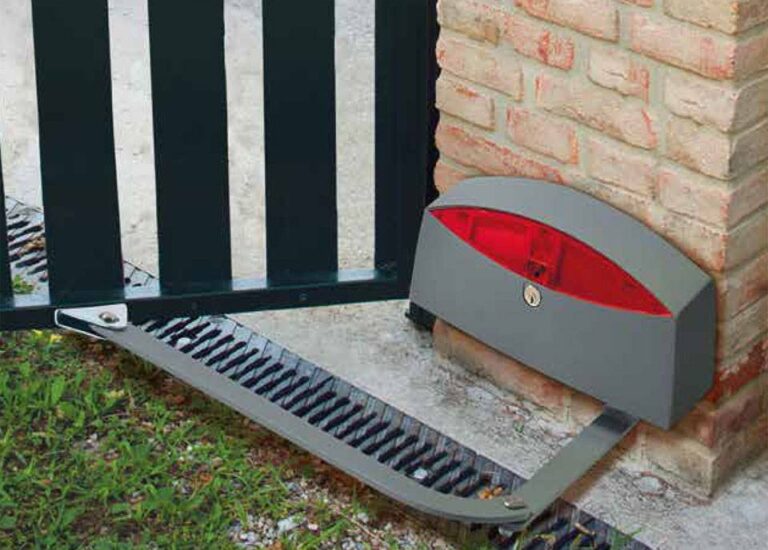How to choose an automatic gate. Tips by LIFE for simplifying your choice
Sooner or later you will find yourself in front of a gate, entrance or garage door and decide that maybe it is time to change your routine of continually getting in and out of the car, by opting for a more practical solution.
This is when doubts begin to emerge: how do you make a choice from the endless automation systems available? And above all, what should guide your decision?
LIFE Home Integration is here to give you a hand, to ensure you don’t get lost on the way and that you make an informed choice, identifying the simplest solution that is most appropriate for you.
Aspects to consider when choosing an automation system
- The first key aspect is the intended use. In practical terms, you should ask yourself:
“In what context will the automation system be installed?”
It is important to distinguish whether the motor will be installed in a private residential context, a location with large levels of access such as a public or condominium facility, or an industrial environment.
This will already allow you to perform an important initial selection.
For a private house, you may indeed choose a simpler and less powerful motor, privileging optimisation of the available space.
Meanwhile, for an electric gate in a condominium residential setting, which will be used numerous times throughout the day, a more professional and resistant solution is necessary.
For an industrial company or public structure, where the gate will be used many times during the day and often also during the night, a specific mechanism capable of guaranteeing optimal efficiency is preferable.
In case of intensive use, a 24 V motor is recommended, since it can withstand high operating loads.
- The second aspect to consider is actually represented by two different elements: weight and structure of the gate or door.
By structure, we mean the type. For example, it must be considered whether the gate is panelled or hollow within. Proper assessments must also be made regarding mounting methods, e.g. there may be hinges with specific characteristics.
In this case too, the dimensions, weight and structure of the gate or door will obviously guide the decision. Having identified the type of motor (for swing/sliding gates or sectional/up-and-over doors), the next step is to choose the model version on the basis of length, weight, wing characteristics and frequency of use.
Here are the main distinctions:
- Small gate in detached or semi-detached residential context: in this case, a residential automation system capable of powering gates up to 500 kg or 800 kg is ideal.
- Condominium residential setting: for situations characterised by intensive use, we can find automation devices capable of powering units up to 1200 kg, also at 24 V.
- Public or industrial contexts: for folding or sectional doors and for medium-large sliding gates in high-passage or industrial contexts, automation systems designed to power units up to 1500 kg are available.
- A third aspect, that concerns the various different types of automation systems, is the context in which the motors are installed.
In this case, you should ask yourself:
- Will the installation involve a flat or sloping surface?
- How thick are the pillars on which the automation devices will be mounted?
If there is a lot of space between the fixing point and the motor, the choice should necessarily fall on models that are compatible with such features.
- Weather conditions must also be considered, as they play a key role in certain decisions.
In areas with very low temperatures, for example, there is the risk of the motor being under stress, seizing or generally not working optimally. This is why LIFE Home Integration has introduced electronic devices for its motors that guarantee optimum performance also under extreme weather conditions.
- Another aspect to consider is the presence of very strong winds.
Under such conditions, the initial analysis should focus on the type of gate. It is important to choose an appropriate leaf, namely one that has an adequate shape for minimising wind resistance. Once this is done, you must identify the right motor for countering residual resistance.
- Last, but certainly not least, there is the choice of the automation system’s design: a range of eye-catching designs for the various residential, public or industrial settings make this decision a lot easier.
LIFE Home Integration designs and manufactures entirely at its headquarters 100% “Made in Italy” automation systems for gates, entrance doors and garage doors. These products, characterised by refined workmanship and artisan-like quality, can blend elegantly into any environment and context.
Don’t forget another fundamental aspect of LIFE Home Integration automation systems: their amazing ease of use, since they are the first and only solution that can be programmed in just one minute.

